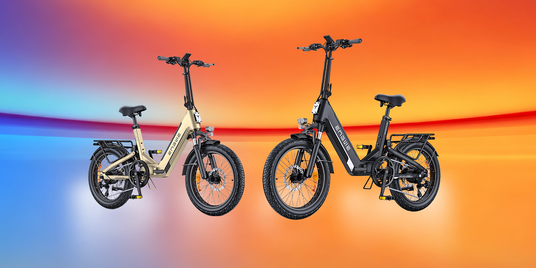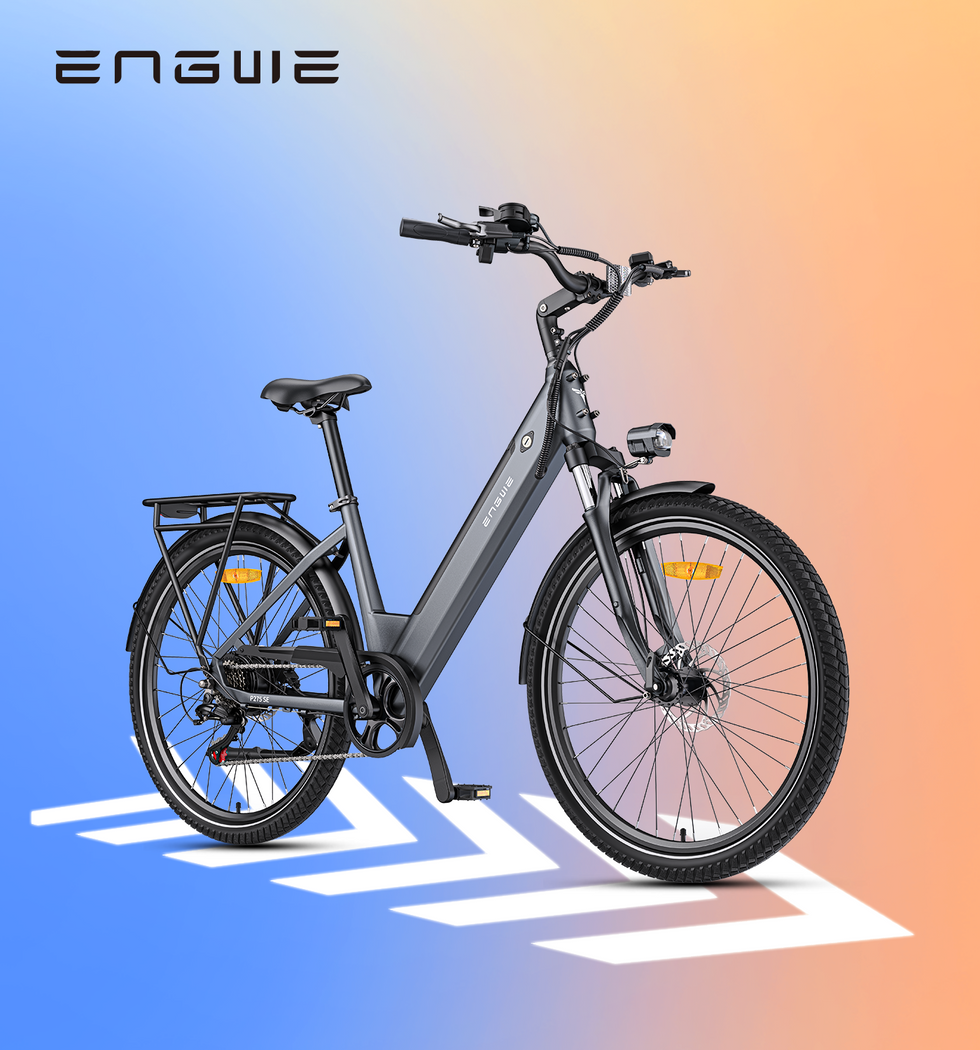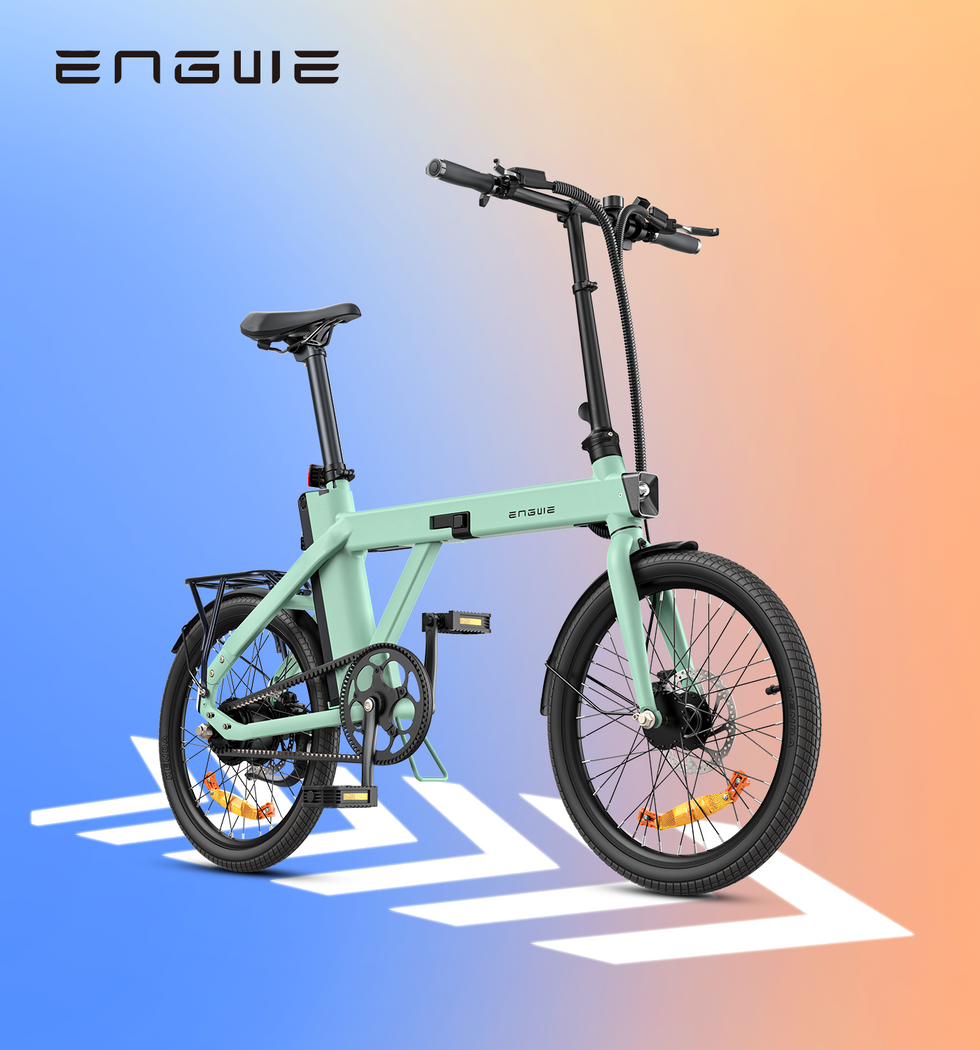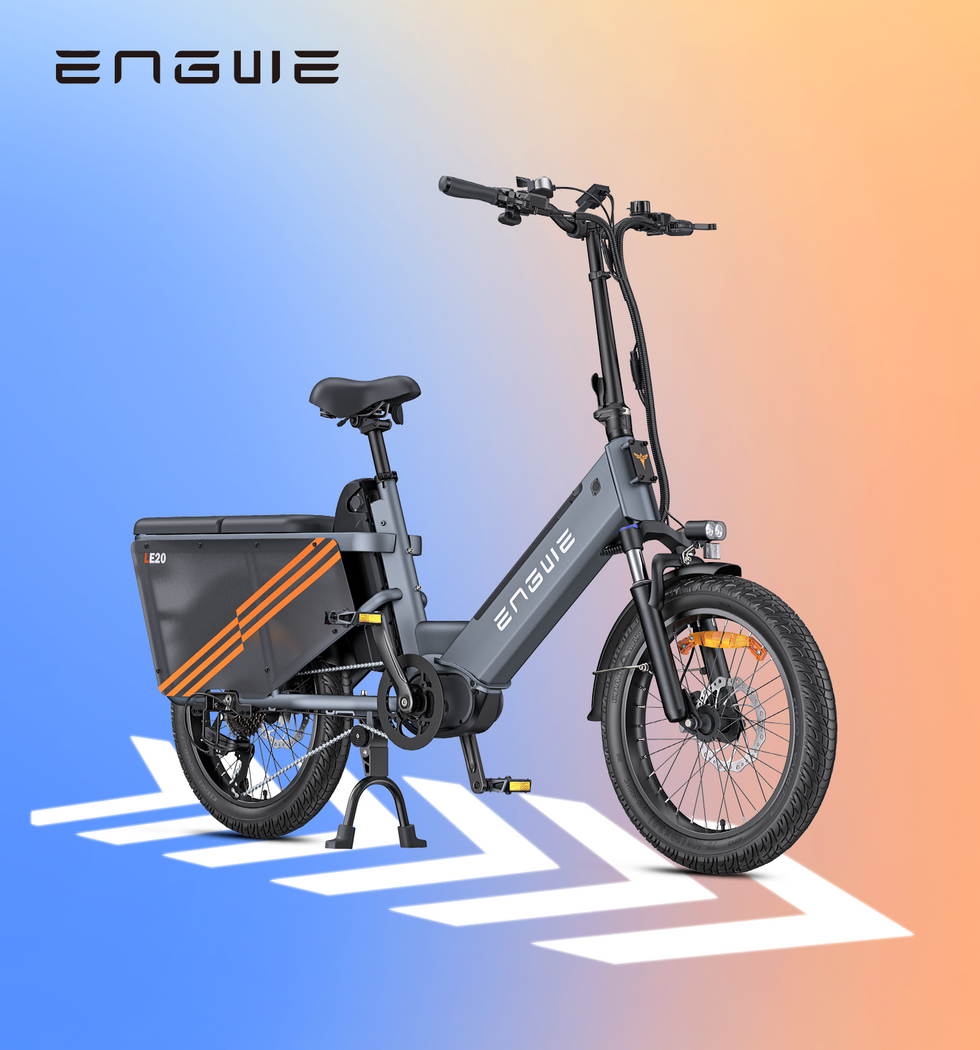You can do many things with electric bikes. Their versatility allows you to easily commute to work, breeze through cardio sessions, and comfortably explore the outdoors. With e-bike popularity skyrocketing in 2025, many want to know if they can be ridden on roads.
E-bike ridden on the road
In a nutshell, yes, you can ride electric bikes on the road. These low-speed vehicles are considered safe, and most e-bikes come in the category of traditional bicycles. E-bikes with max battery output of 250 W and max electrically assisted speed of 25 km/h can be driven on roads with a license or registration. However, if you go for the beefed up versions, regulations change, and you might need a license.
The best way to solve your concerns regarding e-bike road permission is to do your research on your e-bike specs and your area’s regulations. Luckily for you, this article has all the information you need.
E-bike classifications and their road legality
Broad EU regulations refer to pedelecs being road-legal without a license. Speed pedelecs and electric mopeds, which are beefed up versions of e-bike that go faster than pedelecs, require licenses. But what makes them different? Here’s an easy breakdown:
Pedelecs
Pedelecs do not go more than 25 km/h on electrical assistance, and their max battery output is 250 W. Additionally, they always have pedals in case the battery runs out. Standalone throttle propulsion is absent in pedelecs.
The EU regulations dictate that any bike within these parameters does not require a license or registration, which means you can ride your pedelec out on the road right now if it complies with pedelec specs.
You might be concerned about pedelecs not delivering the necessary performance for them to provide an enjoyable experience. That is far from the truth, as modern pedelecs like ENGWE’s EP-2 Boost are all-rounders with a ton of features. While limited to 25 km//h electrically assisted speed and 250 W of battery output, the EP-2 Boost has a smart torque feature that generates 55 Nm of max boost torque that provides a smooth, comfortable, and swift riding experience.

Speed pedelecs
Commonly known as s-pedelecs, these enhanced e-bikes come with 4,000 W of max motor output alongside electrical assistance up to 45 km/h. A few models on the market have throttle options as well. Their bolstered specs make them eligible for licensing and registration in the EU.
Electric mopeds
These e-bikes fall in the category of proper electric scooters or mopeds. They share their specs with s-pedelecs; on many occasions, the specs are greater. They almost always have full throttle assists — this sets them apart from s-pedelecs.
Your safety is most important when riding e-bikes on the road
Now that you know which types of e-bikes you can instantly drive on the road without a second thought, you should not get carried away with these machines. The bustling urban roads are crawling with all sorts of vehicles, big and small, and swarms of pedestrians. In such packed environments, it is your duty, when riding an e-bike, to ensure the safety of yourself and everyone else.
Every region has varying laws for e-bikes on roads; for example, some strictly require helmets while others are lenient. Still, it is highly advised that you wear a helmet at all costs when riding an e-bike. A license waiver with pedelecs does not mean you do not follow basic civic rules of the road like stopping on signals and indicating your turns.
Since safety is vital, we highly advise you to invest in protective gear, such as knee pads, helmets, reflective clothing for night riding, and white lights for the front and back. Some e-bikes, like the EP-2 Boost, come with lights, but not all of them do.
Benefits of riding an e-bike on the road
E-bikes offer a sustainable and affordable approach to commuting on roads, not to mention they are far more comfortable than traditional bicycles. Owning an e-bike in 2025 is a no-brainer given the benefits they offer to all consumer types:
Cost-friendly and environment-friendly option for road commuting
Compared to cars and gasoline bikes, e-bikes are cheaper in every sense — both purchasing and running costs are low, as you will not deal with hefty car leasing and gasoline prices. A Norwegian study concluded that, compared to traditional bicycles, e-bikes reduced 29% of journey time on average. E-bikes ‘flatten out’ the inclines and electrically assist your pedaling, making the overall experience smooth and comfortable.
Choosing an e-bike also means you will save the environment by opting for a cleaner alternative to fuel-powered vehicles.
Great for exercising
Traditionalists who have never used an e-bike accuse e-bikes of ruining the ‘sport’ of cycling. No claim could be shakier, as e-bikes’ potential for enhancing fitness is backed by science. In the same Norwegian study, it was found that e-bike users engaged in moderate to intense cardio 95% of the time.
With their torque assist and intelligent sensing, e-bikes such as EP-2 Boost are known to extend the overall distance of a workout session, which means more exercise can be done compared to traditional cycles. Pedaling has never been healthier and convenient.

Sheer practicality
E-bikes allow commuters to arrive at their destinations in a breeze, without sweating or exhaustion. Most e-bikes, like the EP-2 Boost, are fitted with rear racks that can carry up to 150 kgs. Compared to a traditional cycle’s spoked wheels, e-bikes come with thicker one-piece wheels that allow riders to easily conquer any terrain.
Conclusion
You can drive pedelecs on roads the moment you get them because they fall under the EU regulations. A pedelec is all you will need to fulfill your daily commute requirements with ease. Other e-bike classes, such as s-pedelecs and electric mopeds, are more amplified, but they require licensing and registration in the EU. Once you have done your homework on your e-bike’s specs and the regulations in your area, riding your e-bike on the road will give you more benefits than any other mode of transport.



